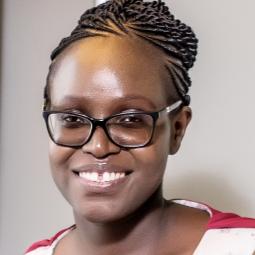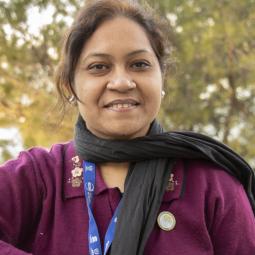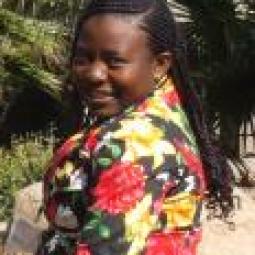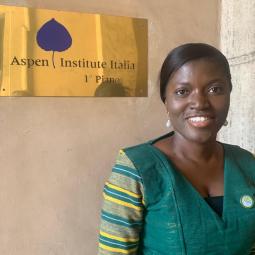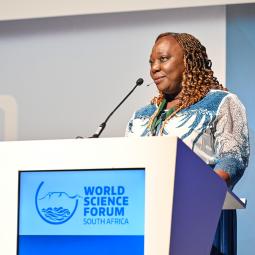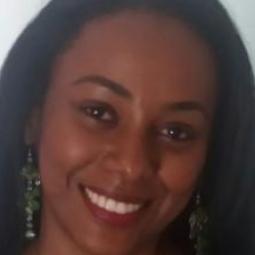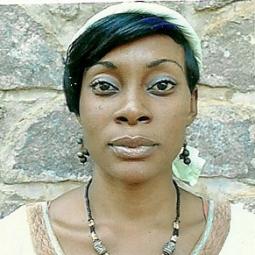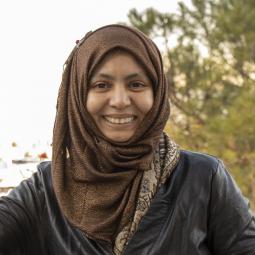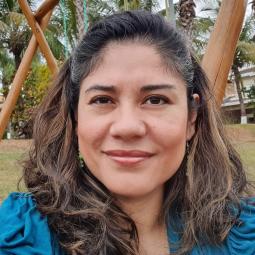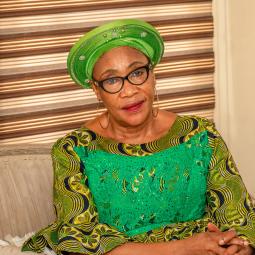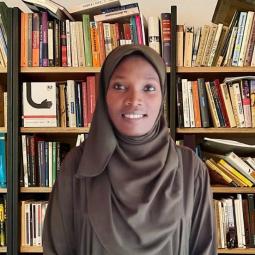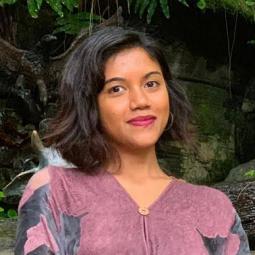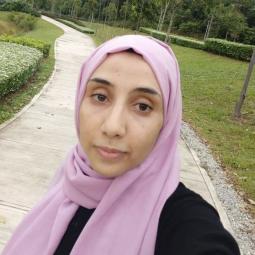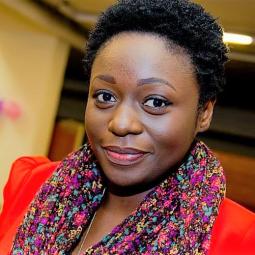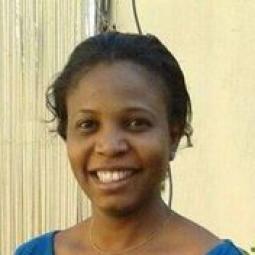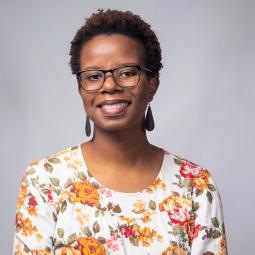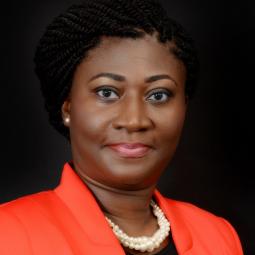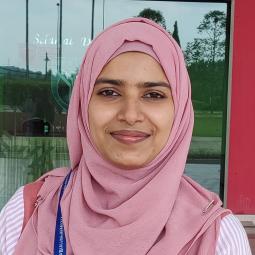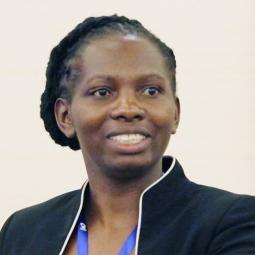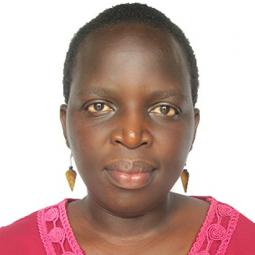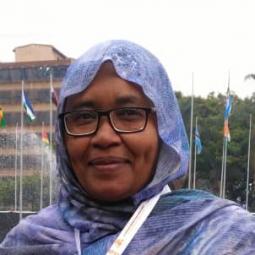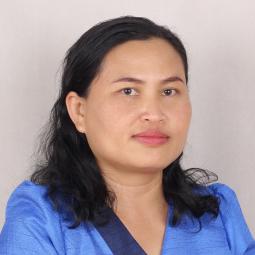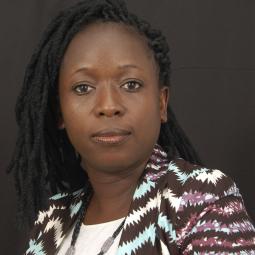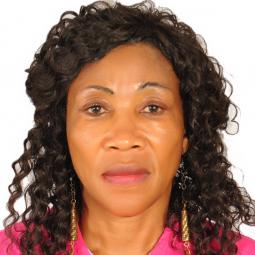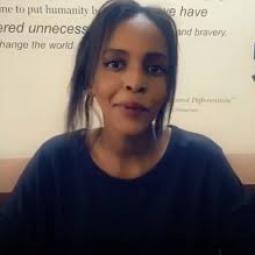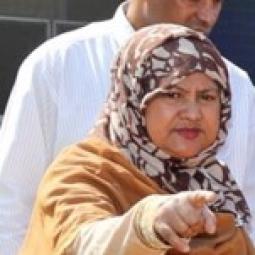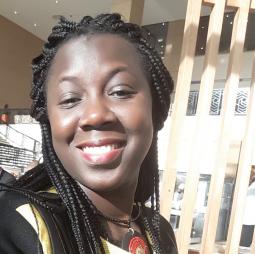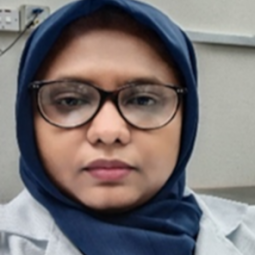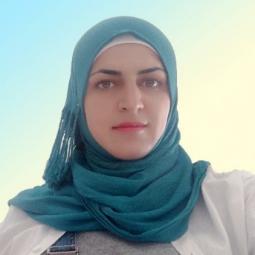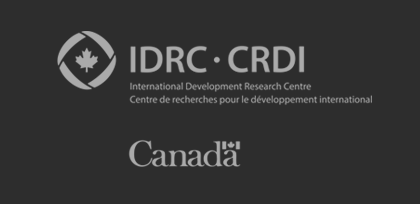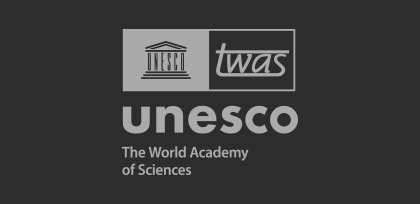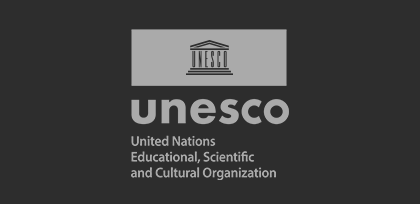The Research Project - OWSD Early Career Fellowship
Project proposal development guidelines
When completing the online application form, you will be required to address the following points and questions:
1. Motivational statement (max. 500 words)
What is/are the problem(s) your research project seeks to address? Emphasize how the problem is original, relevant and important.
What research 'gaps' have you identified and will you be filling by undertaking your project?
What are your main research objectives (hypotheses, propositions, research questions)?
What difference do you think your research will make?
Why does this research excite you?
2. Activities and Methodology (max. 500 words)
How will you conduct your research project? Describe the activities you propose to undertake with the funds provided by this fellowship.
3. Expected results (max. 300 words)
What will be achieved by the end of the fellowship?
How will you measure/demonstrate that results have been achieved?
4. Impact (max. 300 words)
For example, is it possible that a minority group will gain increased access to resources, goods and services? Or will your research project improve the quality of knowledge and/or training in a specific subject? What will that lead to?
5. Identification of current resources and challenges (max. 500 words)
Describe ongoing research and teaching at your institute focusing on the capacities (e.g. skills and experience of your colleagues) which you could call upon for your project. List the items and equipment already available at your institute/department. Describe any challenges you face in carrying out your research and how this project will attempt to address some of these. Describe how this project will contribute to the profile of the department/institute.
6. Linking with industry and other sectors (max. 500 words)
A distinct feature of the OWSD Early Career Fellowship is to promote collaboration between scientists and industry, private or civic partners in order to develop innovations for more inclusive economies and societies, by potentially converting their research findings into marketable products or processes.
It is mandatory to demonstrate that your research project outcomes have the potential to be applied to solve questions and problems outside of the academic realm (e.g. concrete applications for development). Describe how you plan to approach non-academic partners to establish connections to work on possible transfer of your research findings to industry and/or to policy. Which strategies have been put into place to establish such links? Will the research be marketable as a product or a process? Have prototypes been developed at this stage or planned for the near future? What support mechanisms have been put in place or planned at your institute to facilitate relationship building with private and public sector partners (e.g. technology transfer office, intellectual property/legal office, or career center)?
A downloadable list of appropriate industry, private or civic partners for collaboration is available here.
7. Sustainability of the project (max. 300 words)
Here, "sustainability" means ensuring that your research project does not finish after the OWSD Early Career Fellowship funds have ended. In order to avoid this, you are asked to start making a plan to ensure that your research and objectives can continue to develop after the fellowship has finished. How will you secure additional funding, partnerships, links with industry and the private sector or in-kind contributions to ensure the work can continue beyond the two years?
8. Ethical and environmental implications (max. 300 words)
Identify any significant ethical and environmental implications that might arise from your research.
Here are examples of some aspects you might pay attention to: objectivity, integrity, carefulness, accountability, transparency, openness, confidentiality, responsible publication, responsible mentoring, and respect for colleagues, social responsibility, non-discrimination, competence, legality, animal care and human subjects' protection. For example, have you prepared informed consent forms, if working with human subjects? Have you developed a privacy protection system for the respondents and/ or participants in your surveys, e.g. a data anonymization plan? Has your project been approved by your institution's Ethics Review Board (or equivalent)?
Environmental implications could include waste, respect for the climate, carbon offsetting, use of toxic or harmful materials, developing safe and comfortable work spaces, work stations set up with regard to ergonomics, health of user, etc.
9. Inclusiveness (max. 300 words)
Demonstrate that you have made efforts to be as inclusive as possible in the research project design and implementation. For example, have you considered to include diverse members of the community in the research team (whenever possible); are you working to design and develop a product that will make a difference to and can be used by diverse members of the community; have you ensured a balanced representation of male and female subjects to obtain more objective and reliable results? How are you going to ensure that your research is accessible to people/institutions who could benefit from its outcomes the most?
10. Integrating a gender perspective (max. 300 words)
Integrating the gender dimension in your proposal is an added value for many reasons including social impact, scientific excellence, creativity, relevance to the UN Sustainable Development Goals (SDGs), and even links with industry and business opportunities. Gender equality concerns all parts of your application. When drafting your proposal, you need to pay attention to gender equality from different angles. The way sex and/or gender analysis is taken into account in your proposal will be assessed by the evaluators alongside the other relevant aspects of the proposal.
This may include: analyzing and taking into account the possible differences between different genders in the research, innovation, and other content of your project; exploring whether and how the gender dimension is relevant to your research; describing how sex and/or gender analysis is taken into account in the project's content or research design; determining the relevance of integrating sex and gender analysis in your research (are there any differences that should be investigated and addressed?); considering whether your outcomes or research findings will affect different genders differently? Keep in mind that if more research, knowledge, data on gender dimension needs to be generated for this, you can include specific studies on gender in your activities.
11. Risk and mitigation (max. 300 words)
Identify any significant risks in the implementation of this project and describe what measures you would put in place to limit their occurrence and impact. It is positive to be aware and plan ahead for the possible challenges that you might face in your research project and their declaration is not going to negatively impact the outcome of your fellowship application. An example might be: Medium Risk: low number of survey respondents. Mitigation: invite community members to a presentation meeting to explain the purposes (and benefits to them) of the survey.
12. Timeline/work schedule
Prepare a timeline (file to be uploaded) based on a 24-month work schedule which shows the duration and timing of the activities described in the proposal.
Budget
You will be required to upload a standardised budget file in Excel format inserting all items and related costs requested in order to undertake your research project. The file will be available for download from the online application system.
The maximum total amount that can be requested for the three areas (Research-related costs, Linking with industry and Outreach) is USD 50,000. All three areas must be included in the budget.
Please note that the OWSD Early Career fellowship does not provide for the fellow's salary which must be guaranteed by the fellow's institution.
The fellow's institution is expected to waive any overheard or indirect costs on the research project. However, the fellow is allowed to include a break-down in their budget of any support costs that the research project will benefit from the institution (for example, lab technician's time, maintenance and utilities costs, administrative officer's time, etc.).
In order to prepare your budget please refer to the list of eligible expenses available here.

